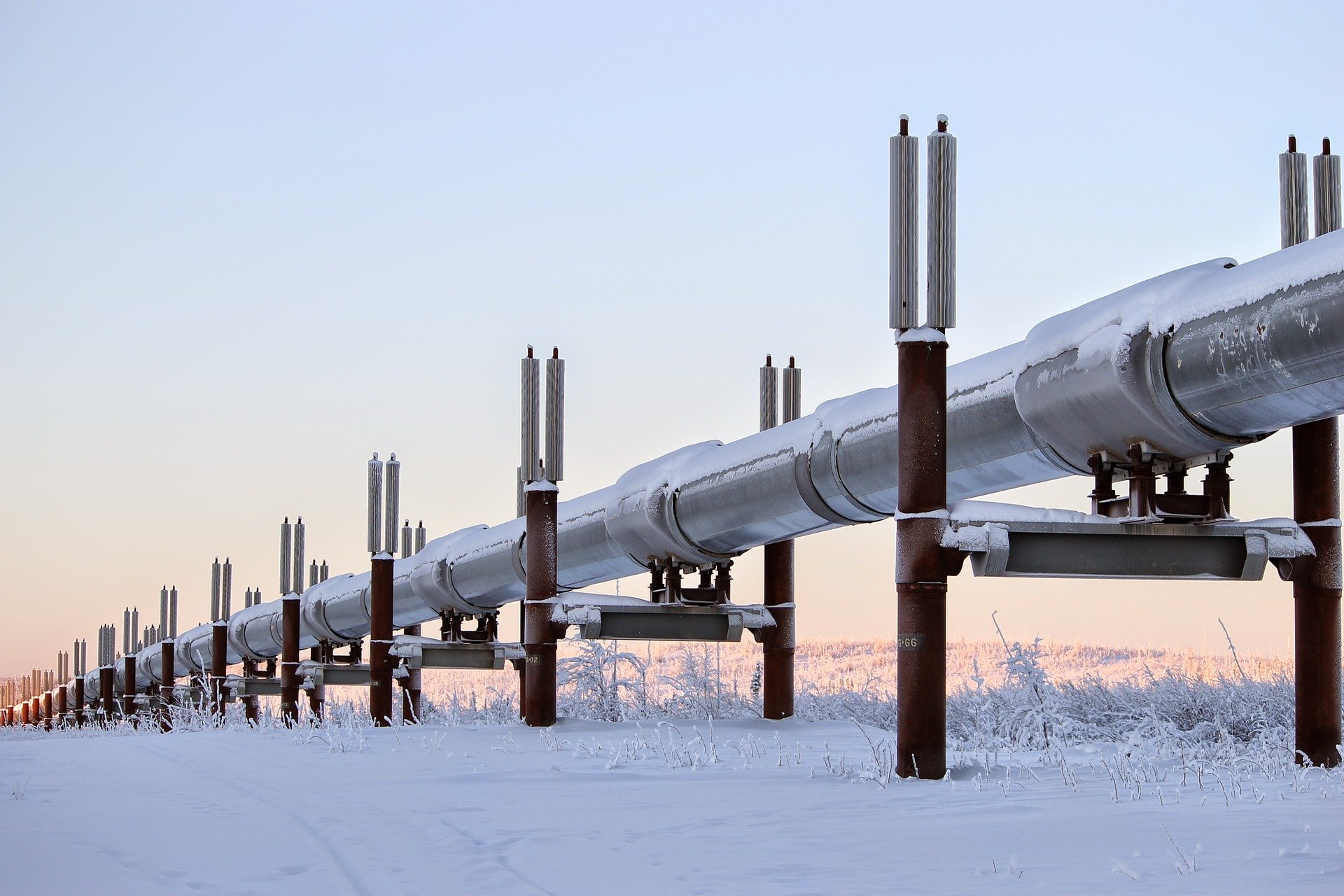
The great midstream buildout seems to be over, at least for now. In 2020, midstream operators delayed and canceled projects in efforts to slash capital spending due to the uncertainty of Covid-19. Operators also worried about E&Ps, many of whom were facing the prospects of bankruptcy, and renegotiated existing agreements to ensure their survival as well. While 2020 was a challenging year for operators, there was a silver lining as operators realized cost savings and efficiencies that should allow them to operate leaner going forward
The next four years will be a trying time for midstream infrastructure projects.
Excess pipeline capacity and lower producer activity in the U.S. will limit near-term demand for new pipelines. Overall capital spending will decline nearly 50% from 2020 to 2021 as operators continue to defer or cancel projects in favor of paying down debt. The midstream industry is also bracing for a tougher regulatory environment due to the administration change. Over the past few years many midstream companies began converting from a MLP to a C-Corp structure due to the sharp reduction in U.S. corporate tax rates. Going forward new conversions may be put on hold due to possible changes to the corporate tax structure. It is likely that the new administration will also reverse the Quad Oa rollbacks and make it difficult to build new pipelines as illustrated by the cancellation of the Keystone Pipeline. Even with the cancellation of the Keystone Pipeline, 2021 is slated to be a record year for Canadian imports into the U.S. Currently Canada exports 3.8 million bpd of oil to the U.S. which is expected to reach 4.3 million bpd by 2025 due to planned pipeline expansion projects and use of drag reducing agents to maximize throughput. While the cancellation was a blow to Canadian producers, there will be enough capacity to handle the incremental supply for the near future.
NGL markets are positioned to rebound in 2021 as growing demand drives prices up.
Ethane markets are expected to tighten due to upstream production declines and growing demand from ethylene projects. Two joint venture projects, Total / Borealis and SABIC / ExxonMobil's ethylene crackers are expected to come online in 2021, increasing ethane demand 170 kbpd. This will cause ethane prices to increase and incentivize ethane recovery this year.
Domestic propane demand will continue to decline in the U.S. while export demand increases. Propane prices are expected to be significantly higher than last year driven by the limited carrier market, lower upstream production due to capital spending cuts, and growing export demand in Asia due to colder weather. Propane prices in Asia are already trading above $0.90 per gallon, up from $0.70 per gallon a few months ago.
National gas takeaway capacity is needed in the Permian and Appalachia as gas production increases.
Permian gas takeaway constraints were relieved in 2020 due to declining associated gas production. The gas market in the Permian is expected to tighten in 2021 due to growing demand and drilling activity. Excess capacity is on the way as Kinder Morgan's Permian Highway project is expected to come online in 2021 but additional capacity is needed before the market re-tightens in 2023.
While crude oil projects relieve constraints in the Permian there is still a looming risk of an overbuild. There is a ton of competition for new projects, which if built would outpace projected production growth. So far, only Enterprise's Echo 4 has been cancelled but additional cancellations are needed. The cancellation of the Keystone Pipeline is expected to benefit producers in the Permian, exacerbating the issue as it incentivizes further production and development in the region.
Natural gas production in the Appalachia continues to increase driven by export demand growth due to colder weather in Asia. This demand growth has further constrained takeaway capacity which is filling up quickly since the cancellation of the Atlantic Coast Pipeline. The Mountain Valley Pipeline is expected to come online in 2021 and relieve constraints over the near term.
Midstream operators are embracing the energy transition and are exploring opportunities to diversify their offerings.
The role midstream operators will have in renewables will continue to take shape in 2021. Operators are beginning to embrace the energy transition and are focusing on assuring the sustainability of the midstream business model over the long-term. Opportunities that are being explored include hydrogen logistics, transporting carbondioxide, and transporting biofuels with excess pipeline capacity. We expect to a see several new partnerships formed and project announcements in the coming year.
Brandon Johnson and Uday Turaga
Please fill form to download ADI’s 2021 Midstream Outlook.



















